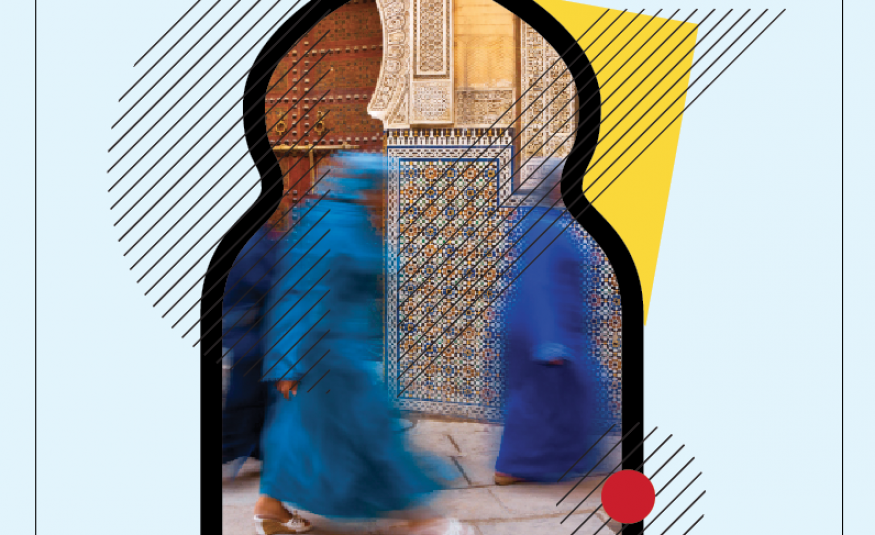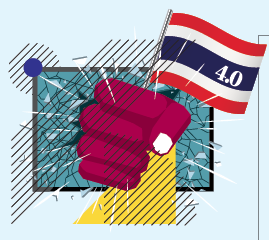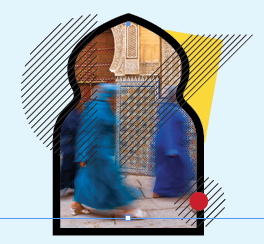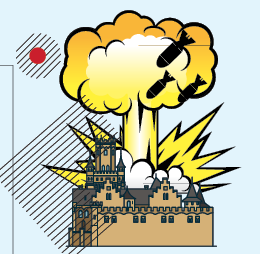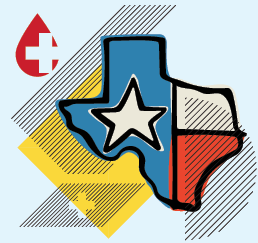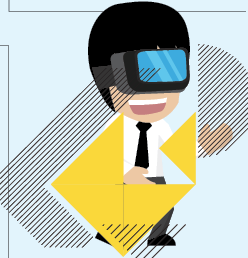Another action packed EW issue took in some interesting tidbits
Breaking the Internet
While the Internet has yet to reach its 3.0 iteration, Thailand is proudly entering its ‘Thailand 4.0’ phase. Thailand 4.0 is the fourth iteration of an economic growth plan looking to shift the economy to more of a knowledge base. The government says it wants to focus on innovation, knowledge, technology and creativity. MICE, we’re pleased to say, will play a pivotal role in this.
Exhibition stable
Fam trip participant Laura Warner of DeSouza Associates, reported back to EW from her trip to Marrakech, praising its good safety record, and political stability despite problems in the region. With tourism accounting for 10 per cent of Morocco’s US$105bn economy, its an important message.
Frankfurters repackaged
Tens of thousands of Frankfurters (of the human, not pork-based persuasion) temporarily abandoned their homes in September, fleeing to the Jahrhunderthalle convention centre. The mass gathering wasn’t for an event, but instead a precautionary measure as technicians worked to defuse a 4,000-pound, World War II-era bomb.
Borneo to run
EW recently attended Sarawak Convention Bureau’s Redefining Global Tribes Challenge, with editor Tom Hall finishing a frankly respectable second in the 3km obstacle course. The event included a tour of Kuching, the Borneo Convention Centre, and hotels by Pullman and Hilton.
Proud assistance
The George R. Brown Convention Center did the global exhibitions industry proud during the recent devastating floods in Texas, USA. A 1,000-strong crowd formed a makeshift shelter in the Houston exhibition centre to provide refuge from the serious flooding in the area caused by Tropical Storm Harvey.
Asia ahead on experience marketing
Freeman research has shown that marketers in Asia appear to be early adopters of more interactive technologies with 42 per cent tapping into sensory interaction to personalise brand experience, compared to 28 per cent in North America and 13 per cent in Western Europe.

